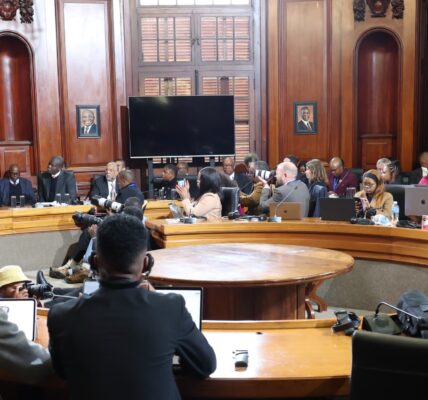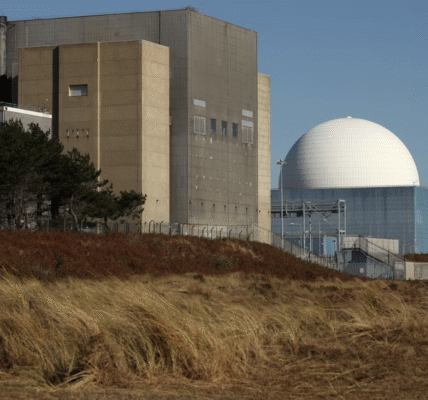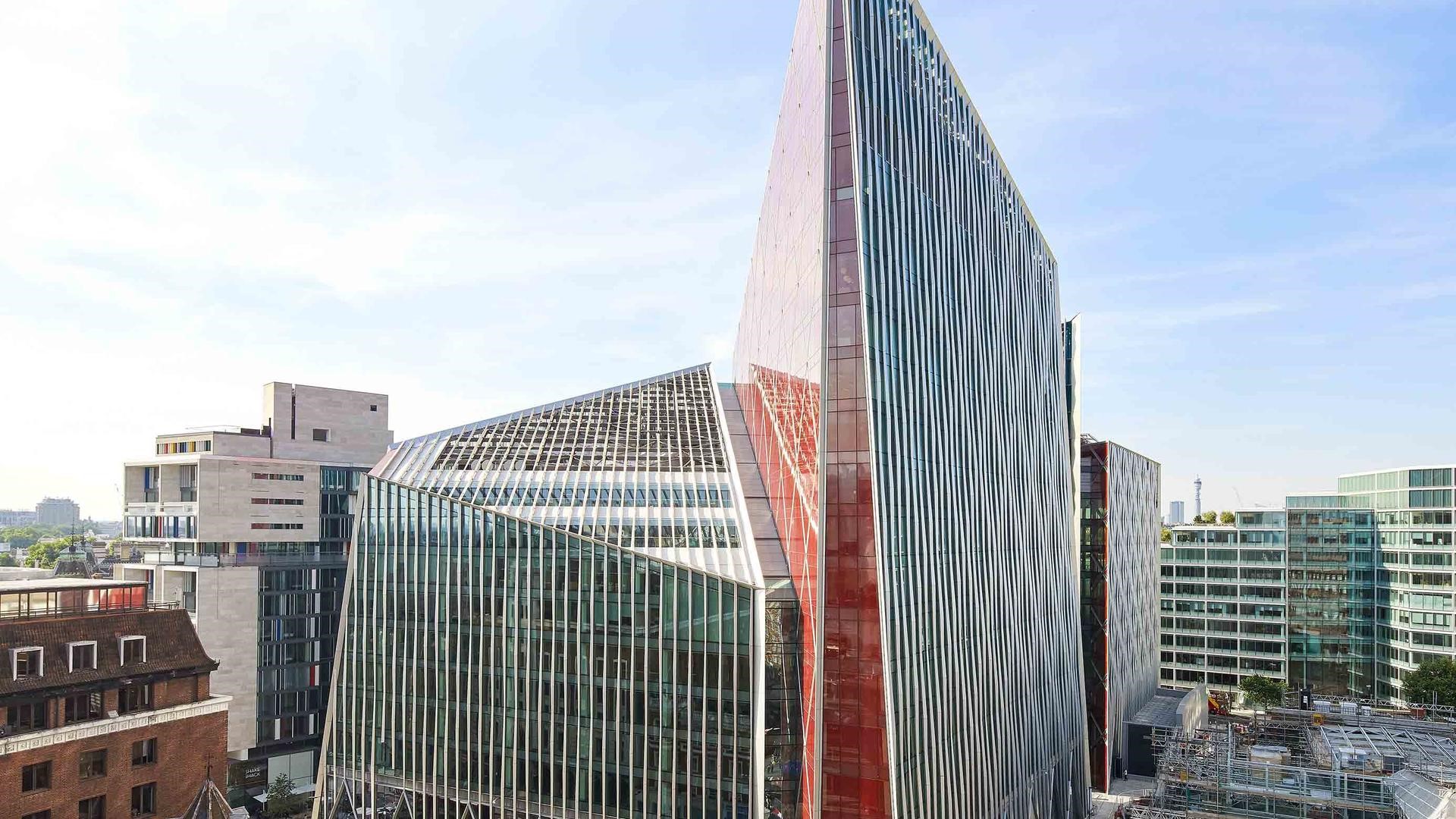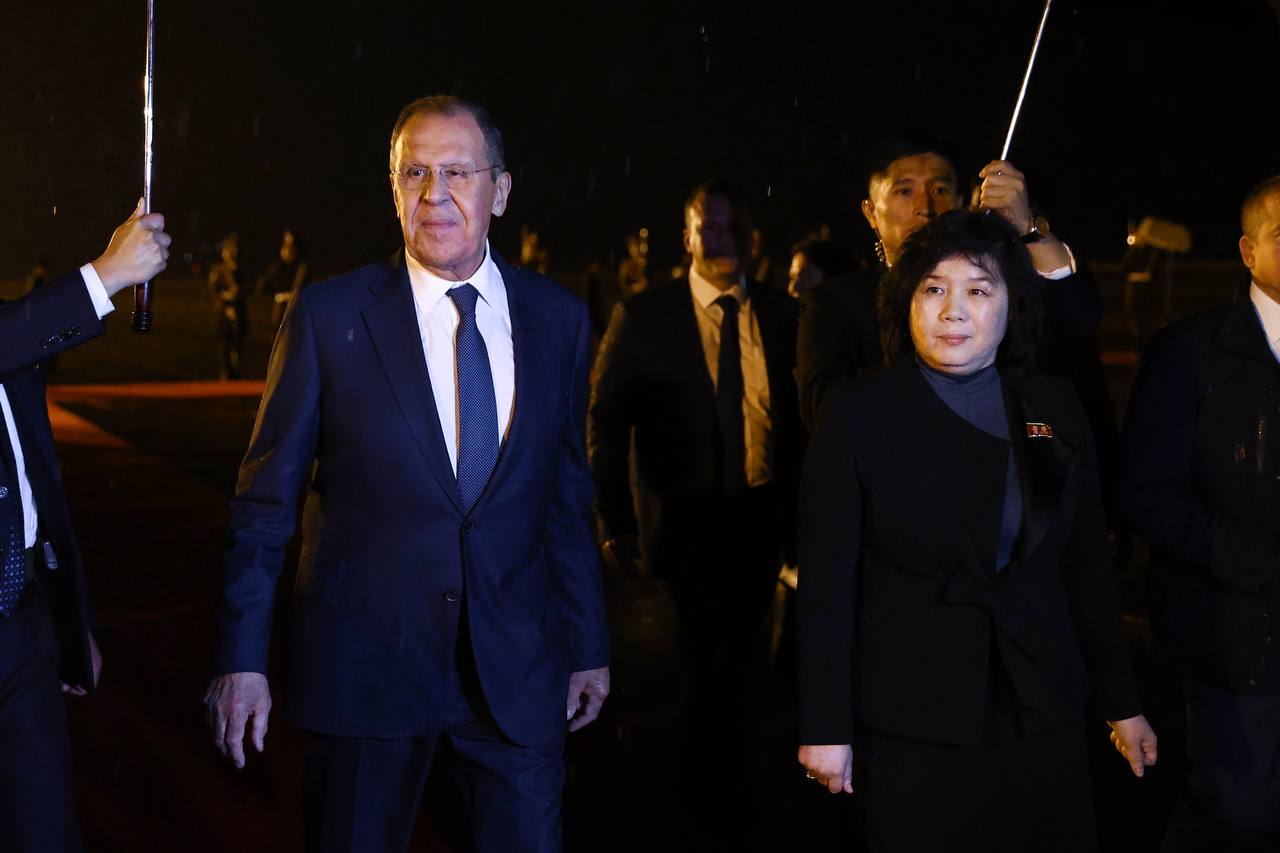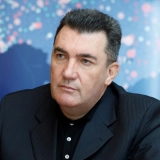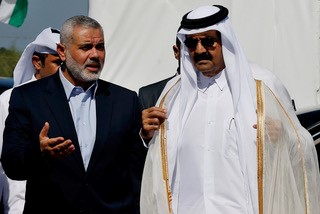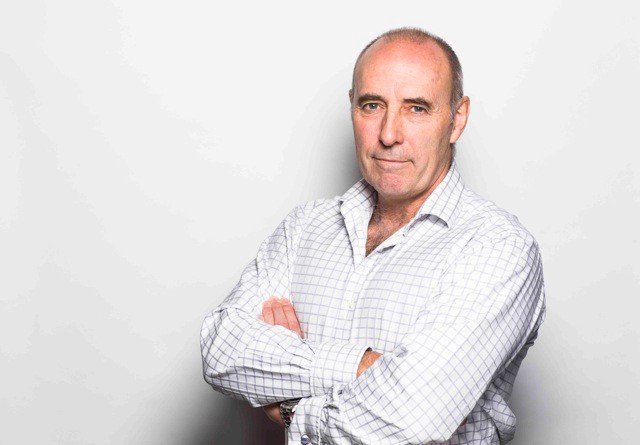Sibanye-Stillwater leverages C5 Capital for uranium growth as Putin restricts exports
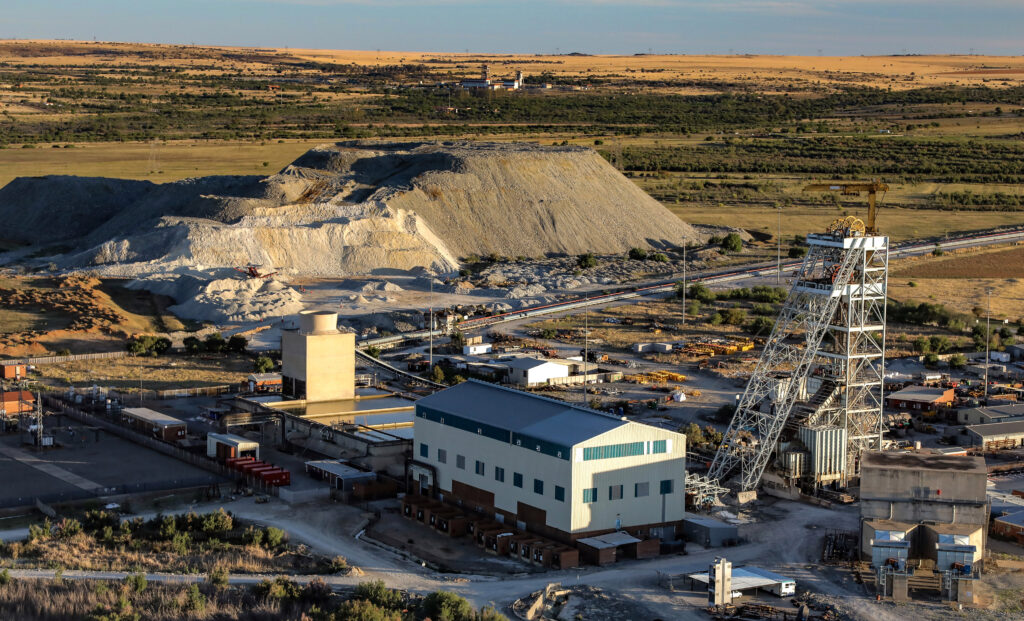
Russian President Vladimir Putin’s temporary restriction on exports of enriched uranium to the United States has increased demand for uranium and encouraged mining companies to re-open dormant operations. Among these is South African mining company Sibanye-Stillwater, which is exploring ways to tap into its uranium resources and re-open its uranium mines. The company has partnered with venture capital firm C5 Capital to explore advanced nuclear opportunities, including Small Modular Reactors (SMR).
Putin’s restrictions on exports of enriched uranium to the United States, imposed on 15 November 2024 serves a retaliatory measure. “The decree prohibiting the export of uranium products from Russia to the United States… is an anticipated reciprocal response to the actions of the U.S. authorities,” Rosatom said in a statement.
While the ban still allows companies to seek waivers permitting uranium shipments when they can’t obtain supplies elsewhere, it has the potential to cause havoc to the global uranium supply chain. Russia, the world’s sixth-largest uranium producer, controls 44% of global enrichment capacity, and its largest customer is the US, even after the invasion of Ukraine.
The partnership between Sibanye-Stillwater and C5 Capital will explore opportunities worldwide related to the identification, acquisition, financing, development, and management of uranium projects and production facilities, which have the potential to supply uranium to Small Modular Reactors (SMRs) and the fuel cycle for SMRs globally.
C5 Capital has a stake in X-energy, which is developing small nuclear reactors (SMRs) and has recently managed to attract a $300 million investment from Amazon to develop 4,500 MW of SMR to power Amazon’s data centers. X-energy is one of the frontrunners in the race to build small modular nuclear reactors (SMRs).
In an interview with NSN, James Wellstead from Sibanye-Stillwater said the company is looking for ways to unlock its uranium resources. Sibanye-Stillwater sits on 27 million pounds of uranium at Beatrix mine in the Orange Free State and 32 million pounds on the surface in a tailings facility at its Cooke operations. Sibanye, he said, wants to play a bigger role both upstream and downstream in the energy transition in the future.

“We do have the uranium resources and we can supply that uranium to small modular reactors. We do think that small modular reactors are the way forward because of the relatively lower cost and lead time before they can come into operation. And that, I think, would be essential in South Africa, where we’ve had for more than a decade, real issues with the consistency and reliability of our energy supply.”
Wellstead said the company put its uranium strategy on the back burner some years ago because the price was too low. However, he believes that the outlook for the uranium market is now very solid.
“We have been engaging with C5 Capital because they have the track record of investment,” he said. “Bringing our expertise and our experience in mining and having actually mined and produced uranium in the past, you know, there’s a lot of complementary synergies that I think we can realise together.”
The founder of C5 Capital, André Pienaar, said C5’s innovative investments in advanced nuclear combined with Sibanye’s uranium production potential create a transformative partnership in clean energy, not only for South Africa but also globally.
C5 Capital is the only global investment firm that is a member of the World Nuclear Association (WNA).



